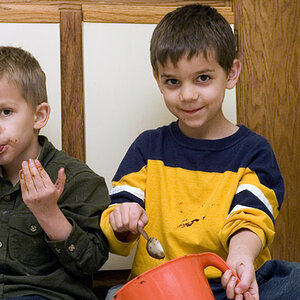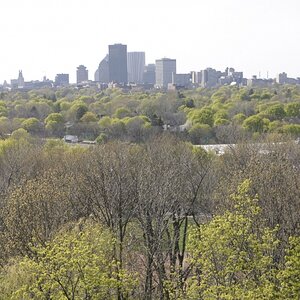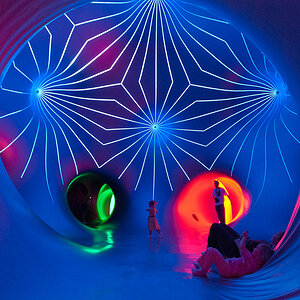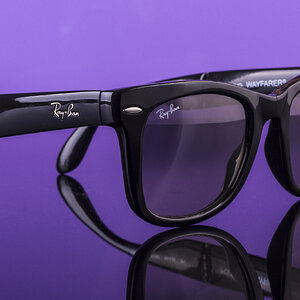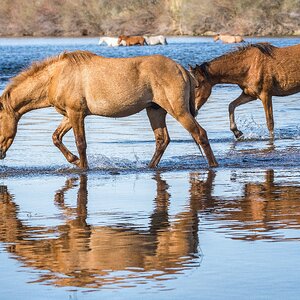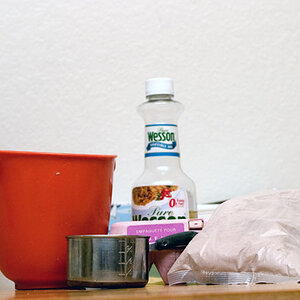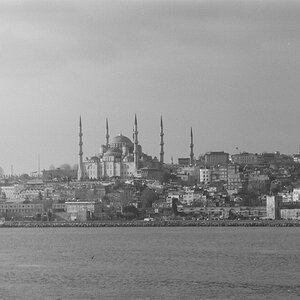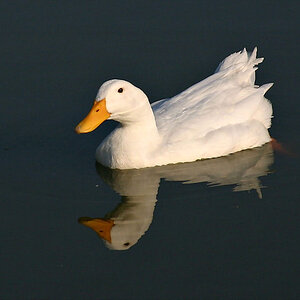craig
TPF Noob!
- Joined
- Oct 30, 2003
- Messages
- 5,600
- Reaction score
- 21
- Location
- Hermosa Beach, CA U.S.A
- Website
- craigblank.com
Excellent post. We simply can not call ourselves photographers with out a strong understanding of photo history and the masters.
The photographer that most inspires me is Irving Penn. Mostly for his advertising work. Of course his portraits and editorial work for Harpers and Vogue is unparalleled.
Love & Bass
The photographer that most inspires me is Irving Penn. Mostly for his advertising work. Of course his portraits and editorial work for Harpers and Vogue is unparalleled.
Love & Bass




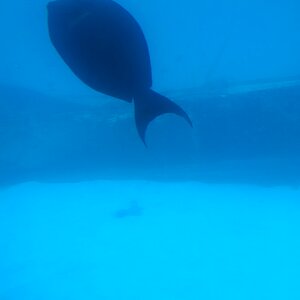
![[No title]](/data/xfmg/thumbnail/38/38263-ad5e4c9e677626ddb5b1e7cdf9ebe40e.jpg?1619738548)
